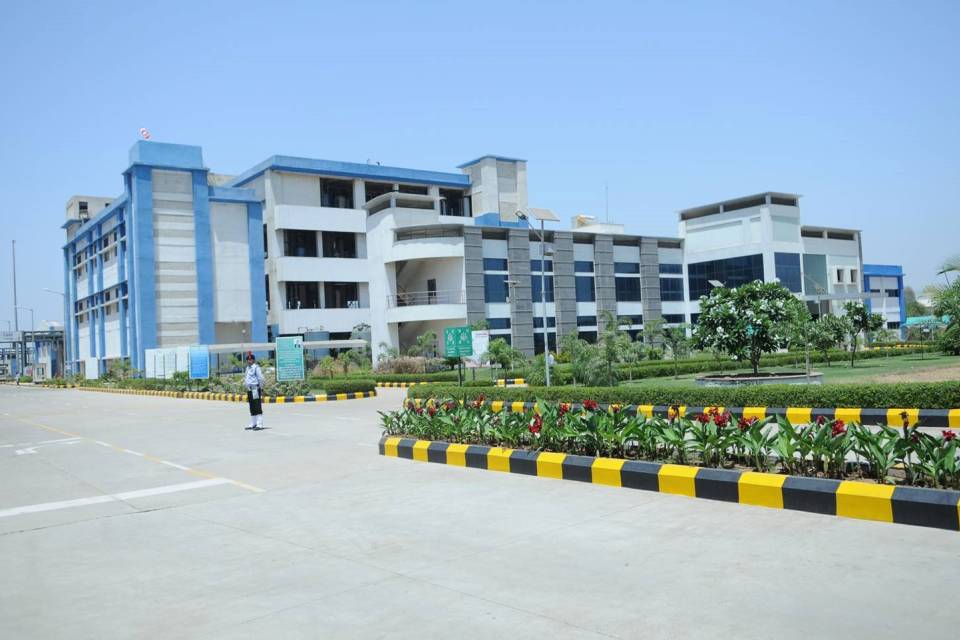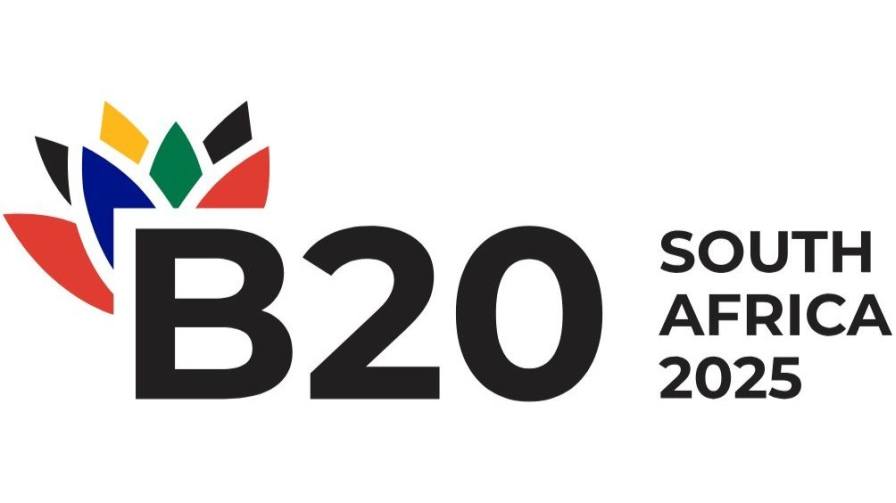Nitrogen Fixation: Azotic Technologies’ Tom Tregunno Shares Insights on Successfully Launching Envita
Following years of rigorous efforts to pinpoint suitable bacterial strains, Envita finally made its commercial debut in the U.S. in 2018. In this exclusive interview with AgriBusiness Global, Tom Tregunno, Global Business Development Lead for Azotic Technologies Limited, sheds light on the critical role Envita plays in tackling the climate change-induced challenges confronting agriculture.
ABG: Envita helps plants with abiotic stressors. What sort of needs are you seeing for this product globally?
Tom Tregunno: The primary benefit of Envita is to grant all crops the ability to fix atmospheric nitrogen and make it available to its host.
Generally, wet conditions can lead to nitrogen loss via runoff, and dry conditions can cause loss through volatilization or render soil-bound nitrogen inaccessible to the crop. Envita-fixed nitrogen cannot be lost. Globally, there is a need to maintain fertilizer and add yield or reduce fertilizer and maintain yield.
ABG: This product has been around since 1988, before plant health products became more in demand from growers. Is your company seeing an uptick in sales and expansion into different markets?
TT: Visionary scientists discovered Gluconacetobacter diazotrophicus (the active ingredient in Envita) in the 1980s. It took several years to identify strains of the bacteria which were agronomically viable across a wide range of host crops. The process to propagate and formulate the bacteria also took several years. Envita became commercially available in the U.S. in 2018, 30 years later, so it took quite some time to bring this robust technology to market.

The primary benefit of Envita is to grant all crops the ability to fix atmospheric nitrogen and make it available to its host. Photo credit: Azotic Technologies Limited
Since registration in North America seven years ago, we have experienced sustained growth. There is still a lot of growth to be had in North America, and we have seen some very encouraging results overseas.
As registration accelerates and distribution agreements are formalized in various geographies, we expect market expansion and growth to follow, notably in Europe, where the commercial name of the product is Encera.
ABG: What has your company done to see this product stay in the market? It looks like it’s compatible with other products in seed mixing, does that include synthetic chemical pesticides? How important is it for a biological product to be able to co-exist with a chemical product in today’s market?
TT: It is critical to understand agriculture if a product like ours is to be successful. A manufacturer cannot expect grower practices to change overnight. The product must be compatible with industry standard practices for the adoption of the technology to occur on a wide level.
We are working on improving our seed treatment guidelines. However, our current focus is foliar applications. As Envita is compatible with a wide range of industry-standard plant protection products, multiple application windows are available to our customers without changing their existing production practices.
In order for biologicals to be easily incorporated into existing production systems, understanding the various factors which negatively impact efficacy is critical. Whether storage before use or mixing sequence with different plant protection products, users need to be confident at a time when many are skeptical of innovations such as ours. Trust is difficult to earn and important to keep.
ABG: With so many plant health products coming into market, what are three things these companies need to know to be successful?
TT: First, trust is everything and there is a lot of noise in the market. You must ensure there is a robust scientific rationale behind everything you do.
Second, stay honest, stay humble and do not overpromise. There are no silver bullets, and you are engaging with a very knowledgeable and technical audience.
Lastly, truly understand market needs before you get serious. Your value proposition needs to meet a need, not attempt to create one.





